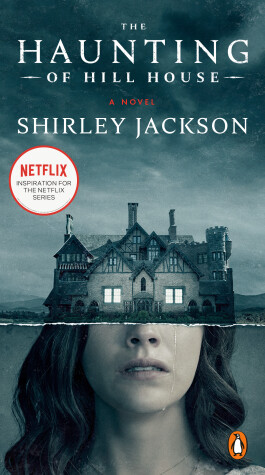Reviewed by empressbrooke on
In short, The Haunting of Hill House is about a scientist who invites people who had previously experienced paranormal events to stay in Hill House and help him scientifically prove that it is haunted. It was written back in 1959, so a lot of the dialogue and ideas seems outdated. I was able to overlook this most of the time, but sometimes I just had to raise an eyebrow and thank the heavens I didn't live in such a conservative time.
While the movie relies on in-your-face scares, such as phantoms floating down from the ceiling, the book goes in the opposite direction and keeps the horror mostly psychological. The supernatural events at times seem to be taking place solely in the main character, Eleanor's head; much of the book is ambiguous and leaves it up to the reader to determine whether the hauntings are real, or if Eleanor is going insane, and whether the house is the blame for her insanity, or if she's finally breaking down after an isolated life. The supernatural events are also only half described; a character sees something and screams for everyone to run, but the "something" is never described. In some ways it has a Jaws-like effect of heightening the terror, but on the other hand, left me desiring more.
The final plot twist in the 1999 movie version regarding why Eleanor was invited to Hill House was not included in the book, which disappointed me. I was looking forward to reading a better-executed version of the concept, but it definitely would have been at odds with the subtle and ambiguous style of the rest of the novel.
The Haunting of Hill House is a quick read for anyone looking for something creepy, but if you like a little bit more certainty to your novels, it might be a little too draw-your-own-conclusions for you. I'll probably reread it again in the future, now that all the expectations I had due to the movie have been stripped away. I expect I'll take something different from it now if I read it while trying to decide if Eleanor is insane or if the hauntings are real, instead of waiting for the scenes from the movie to occur.
Reading updates
- Started reading
- 1 January, 2007: Finished reading
- 1 January, 2007: Reviewed
